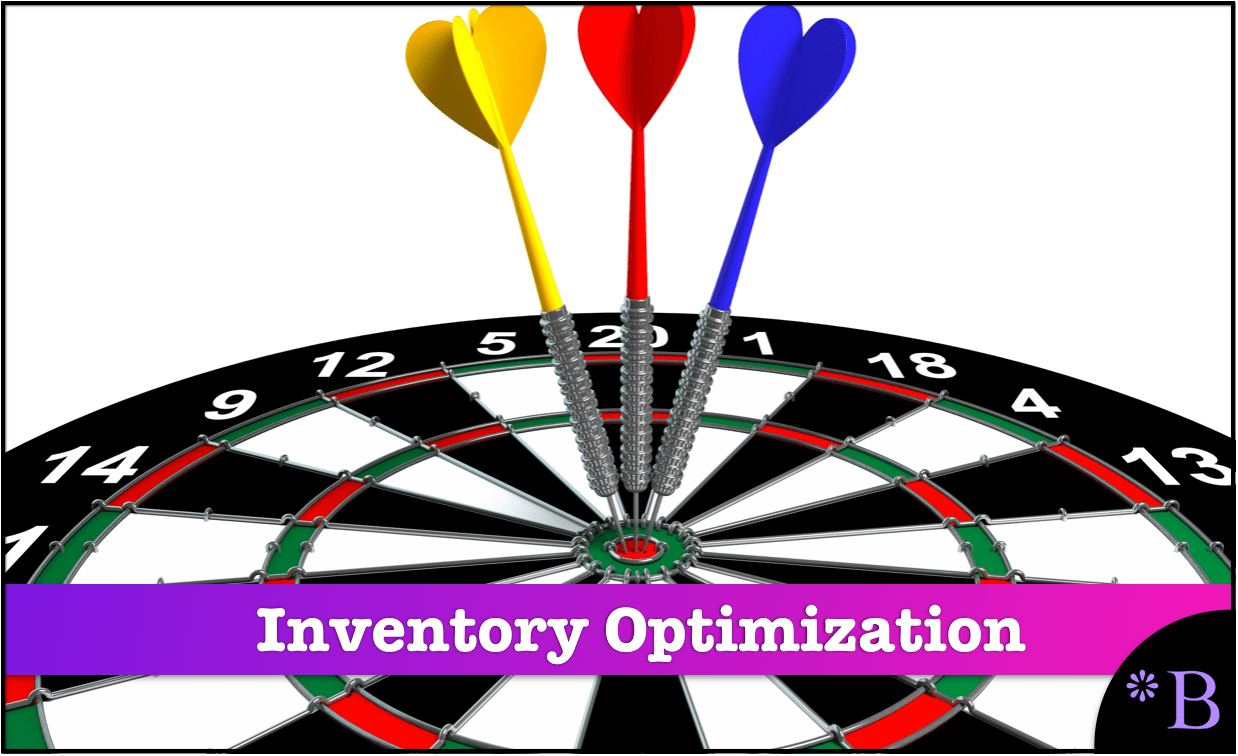How to Understand SmartOps MIPO
Executive Summary
- MIPO is the SmartOps inventory optimization and multi echelon application.
- MIPO has a specific software design that is discussed in this article.

SmartOps
SmartOps is a software company which makes several products, but the subject of this post will be their MIPO product (Multistage Inventory Planning and Optimization). SmartOps is one of the major vendors in this space, and currently gets the majority of the press, one for this reason for this being that they have very tightly tied themselves to SAP.
See our references for this article and related articles at this link.
MIPO
MIPO is optimization and multi echelon simulation tool that is primarily concerned with setting safety stock and inventory targets. MIPO is a product location-based service level optimizer that provides some fast views into how metrics such as pipeline stock and safety stock changes with service level changes. It also has an alert system, which can be evaluated after each simulation run. Unlike some of the other solutions in this space, MIPO does not perform forecasting, (although their DIM (Demand Intelligence Module) does, however, MIPO uses the forecast to calculate how products will be treated in supply planning.
Thus MIPO requires the forecast from either the ERP system or planning system.
The SmartOps Software Design
After MIPO performs its calculations, SmartOps integrates to either the SAP execution or planning system by sending either parameter(s) that populate the material master in SAP ERP or actual safety stock values that populate the APO planning book.
For companies that are not setting up service level agreements and which want a very simple and straightforward integration (as SmartOps only integrates master data and not transaction data to SAP) to either ERP or SAP) ERP, SmartOps would be a good choice. This is likely why SmartOps was selected by SAP as their partner for multi echelon and inventory optimization (MEIO).
How SmartOps Rates on the Inventory Optimization Specificity
The inventory optimization specificity is a term that I defined to describe the various levels at which service level can be set in inventory optimization software. The inventory optimization specificity determines how service levels are set in the inventory optimization software is, although it does not describe the quality of the mathematics of the optimization (either inventory or multi echelon).
As is listed in the post below, setting service levels at the product location is how many companies and people think of performing inventory optimization.
Conclusion
MEIO vendors have different approaches, and SmartOps is one approach which focuses on parameter calculation. One of the most important factors to a successful MEIO implementation is matching the approach of the software to client needs. Along with IBM ILOG Inventory Analyst, SmartOps can be implemented quickly because they integrate at the master data level with the planning system or execution system.
Neither Inventory Analyst or SmartOps MIPO would be appropriate for companies that want transaction recommendations (purchase order, stock transport order, sales order recommendations), or those that want to manage service level agreements (SLAs) and manage the service level at the customer. However, it would be very appropriate for companies looking for a fast return on investment and which want the tone of the most straightforward integrations to SAP.

The Necessity of Fact Checking
We ask a question that anyone working in enterprise software should ask.
Should decisions be made based on sales information from 100% financially biased parties like consulting firms, IT analysts, and vendors to companies that do not specialize in fact-checking?
If the answer is “No,” then perhaps there should be a change to the present approach to IT decision making.